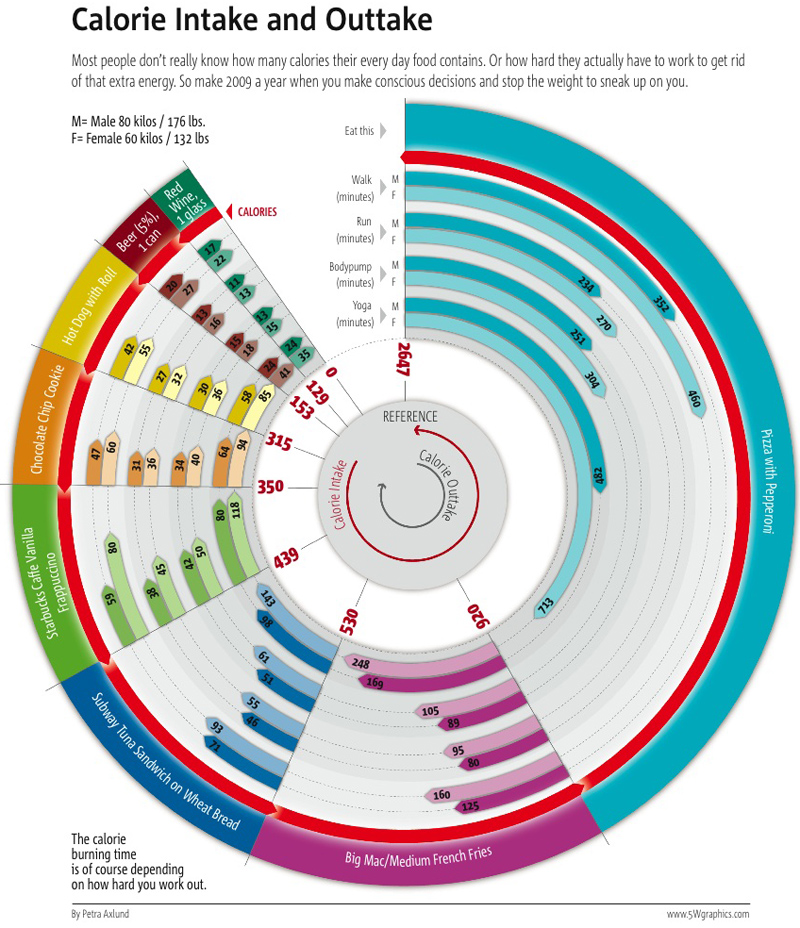Cedar Point
Back from vacation. Had a blast. I thought I had ridden roller coasters before. I hadn’t. Now, having been to Cedar Point, I can tell you what a roller coaster really is. These machines are amazing–amazing engineering, amazing they’re legal! If you ever get a chance to go, you have to ride the Top Thrill Dragster, which propels you to 125 mph in about 3 sec, and then straight up, 420 ft, before you hairpin and twist and drop 90 degrees straight down. For pure coaster fun, it’s hard to imagine a better ride then Millennium Force, which is a long ride, to 300 feet high, and reaching speeds of 90 mph, while flipping, turning, and threatening your lunch. Lastly, the Maverick takes you 70 mph down a 95 degree drop. 95 degrees. That’s just an insane rush. Here are some pics from the trip.





Summer Vacation. Cedar Point. Roller Coasters.

Forgive me if I blog a little less these next few days! Who would think of going to Ohio on purpose, for fun?
School’s Out for the Summer
A big Congraduations to my oldest James. Last day of school. Last day of 5th grade. Last day of Elementary School!
(gulp)




James has posted a photo gallery of his class and the festivities.
The Costs of Doing My Business
Atul Gawande, MD is an accomplished surgeon at Brigham & Women’s, a Rhodes scholar and recipient of a MacArthur “genius” grant, and a writer with two well-received books that are collections of essays he has written for The New Yorker.

He recently published one of these essays called The Cost Conundrum about health care reform, quality and the costs of health care. And I am happy to see more and more brain power, like Gawande’s, spent on the topic. As President Obama recently said, “The greatest threat to America’s fiscal health is not Social Security, though that’s a significant challenge. It’s not the investments that we’ve made to rescue our economy during this crisis. By a wide margin, the biggest threat to our nation’s balance sheet is the skyrocketing cost of health care. It’s not even close.”
Looking at Medicare data on how much is spent per enrollee, in specific areas around the country, he travelled to McAllen, TX to see what made that market the most expensive place in the country when it comes to Medicare expenditures. He talked to the physicians there and researched the quality of care provided there. He compared McAllen, TX to places like Mayo Clinic and Grand Junction, CO, which provide superior care at 1/3′rd the cost.
He did not find McAllen’s costs to be higher because doctors and hospital’s were profitting inappropriately, or due to higher malpractice insurance costs, or because the doctors there are providing extraordinarily good medicine. His conclusion will likely make physicians AND patients squirm a little: the source of the difference in health care spending is “overuse of medicine” by hospitals and physicians alike. When it comes to ordering expensive tests and procedures, more is definitely not better. “Physicians in places like McAllen behave differently from others. The $2.4-trillion question is why. Unless we figure it out, health reform will fail,” writes Gawande.
Gawande’s argument is that simply achieving universal insurance – whether it’s a public single payer plan or a mix of private and public programs – will not be enough. Costs will continue to run amok, and quality will decline, if we don’t foster carefully researched and coordinated care for populations instead of giving physicians incentives to flog (or reward) patients with unnecessary and tests and treatments. Here’s Gawande’s final paragraph:
As America struggles to extend health-care coverage while curbing health-care costs, we face a decision that is more important than whether we have a public-insurance option, more important than whether we will have a single-payer system in the long run or a mixture of public and private insurance, as we do now. The decision is whether we are going to reward the leaders who are trying to build a new generation of Mayos and Grand Junctions. If we don’t, McAllen won’t be an outlier. It will be our future.
(As a follow-up to this essay The New Yorker has also published the text of Dr. Gawande’s recent commencement speech at the University of Chicago Medical School, which further addresses the subject, in a truly elegant way.)
Last Day of Kindergarten
This picture is from the first day of Kindergarten, last September. Today is the last day of Kindergarten. Thank you (again) Miss Vaites!

And here are pics from the ceremony:





Cooking Carrots
News to me. Carrots cooked whole and then sliced up after cooking tastes better and are better for you.
Researchers at the University of Newcastle found that “boiled-before-cut” carrots contained 25 per cent more of the anti-cancer compound falcarinol than those that were chopped up first. And the sugars which give the carrot its distinctively sweet flavor were also found in higher concentrations in the carrot that had been cooked whole, so the vegetable tasted better as well as being healthier.

NES Fifth Grade Egg Drop Project

Today was Nantucket Elementary School’s annual Fifth Grade Egg Drop Day. NFD brings out the ladder truck, which is raised to 105 feet over the asphalt court in the playground, and each 5th grade teacher goes up the ladder and releases the egg-containing apparatuses, one at a time. The resulting splats make for good entertainment.


The rules were simple. Make something small enough to fit in a grocery bag that would protect an egg from its dive. James did not turn to the library, borrow an old Physics text, or even use Google to prepare for the project. Instead, he consulted YouTube. And came up with the idea of using Oobleck.
Oobleck is the fictional green precipitation invented by children’s author Dr. Seuss in the book Bartholomew and the Oobleck. More recently, it has been used to describe non-Newtonian fluid made from Cornstarch and water.


A non-Newtonian fluid is a fluid that varies its viscosity according to the shear stress that it is under. Hold it in your hands and it is a liquid and runs through your fingers like milk. But stab the surface with a spoon and it acts more like a solid and is hard to penetrate. The recipe is simple. Two parts Cornstarch; one part water. In this case, about 24 oz of cornstarch in about 14 oz water. Plus a little green coloring for dramatic effect. He put it in a plastic mailing tube that we found at the office, put the egg in, saw that it laid on top of the mess, and sealed the end pieces with duct tape. And that was that. No real opportunity for a test run. Not at that height.




It survived the fall!










